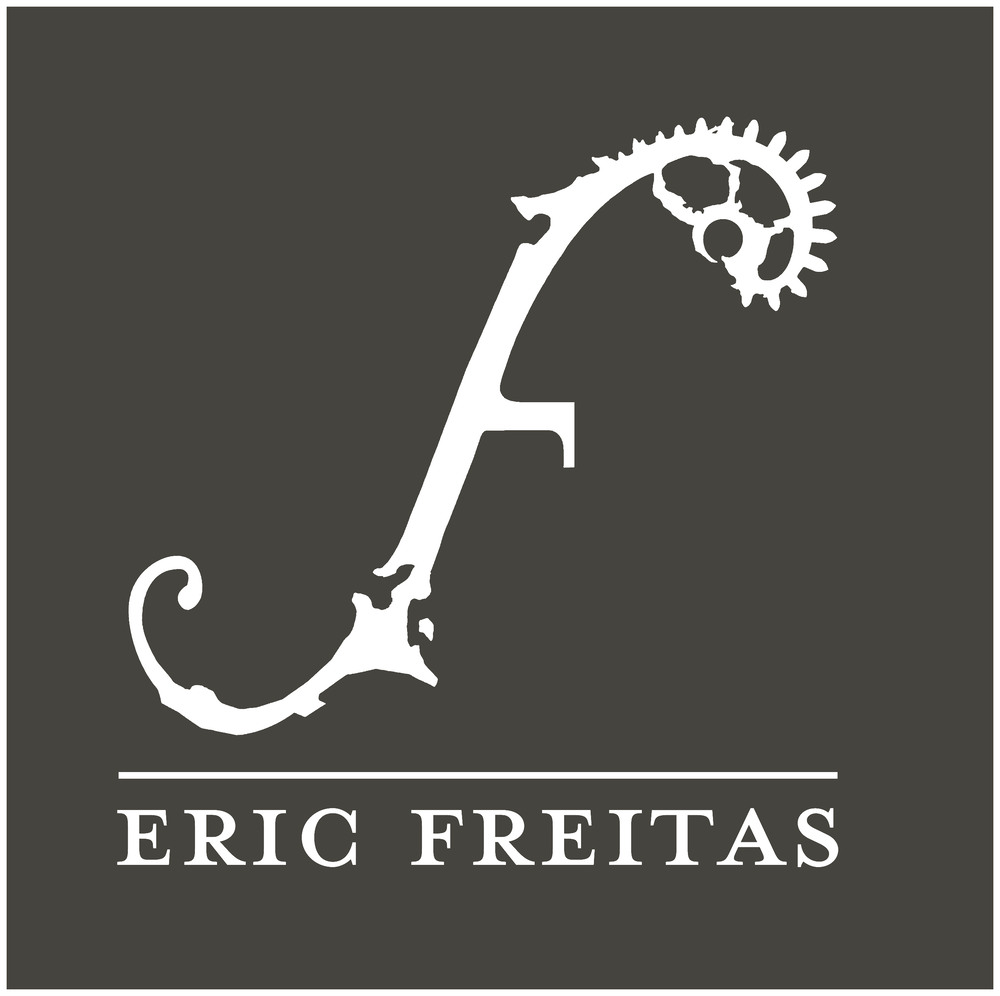Now that all the gears, cams and levers are worked out for the perpetual calendar mechanism, I was able to design the bridges that hold the arbors all those parts pivot on.
With previous perpetual clocks I didn’t need to design bridges, because the two plates behind the mechanism would hold all of the arbors, and the parts were cantilevered out front. But with this piece the giant wheel of moons spins where those arbors would need to be. So the arbor for each part is between the front plate, and a bridge, which is essentially a mini plate just for that part.
The other thing I worked on is the gear-spokes for the 2nd and center gear. I was already pretty happy with the way the design of the bridges came out, but I stumbled onto something with the gear design that has me pretty excited.
I drew a few designs at first. Some of them looked like the spokes from “Perpetual No.1”, in which there are small recessed panels that mirror the number frames of the clock face. The other designs looked more like the gears from “The Grasmere Commission” or “Twisted Twelve”. Either direction would have been really good. But then I had the thought to not just pull from design motifs in the clock, but mirror the clock itself in the gear spokes.
The result is what I hope will be my favorite gears yet. The drawings are still on the loose side, but this direction is definitely something new, and something I’m excited about.










